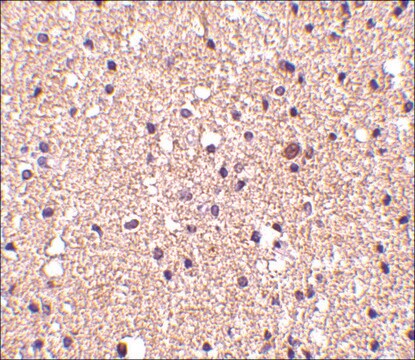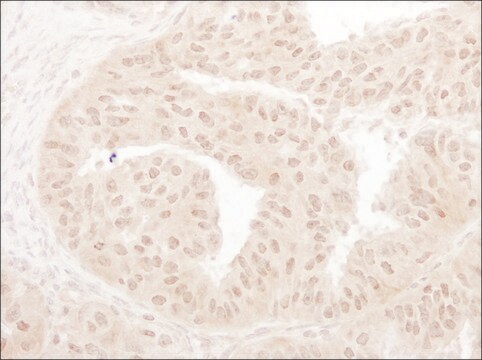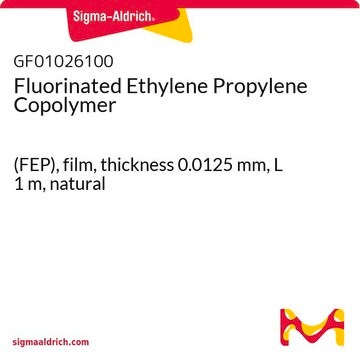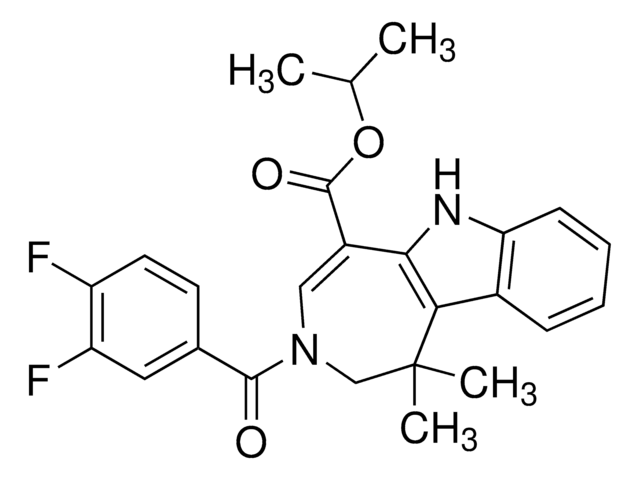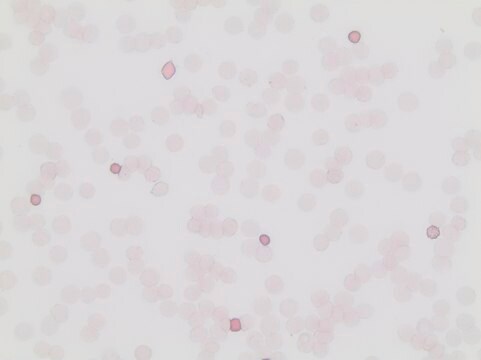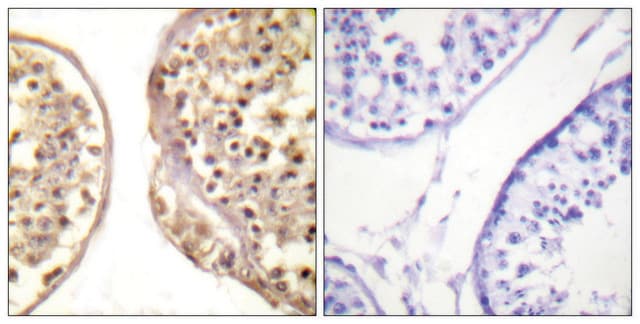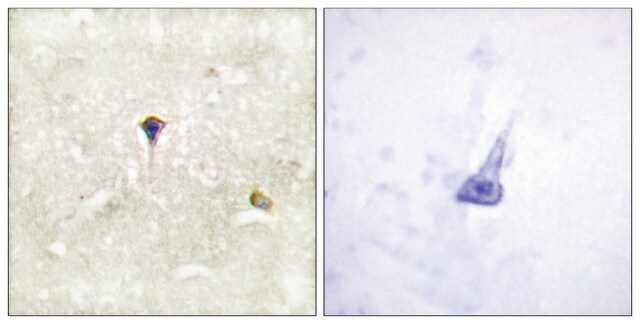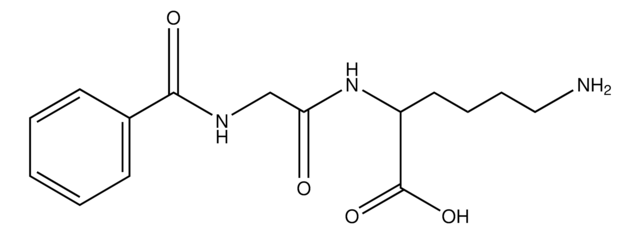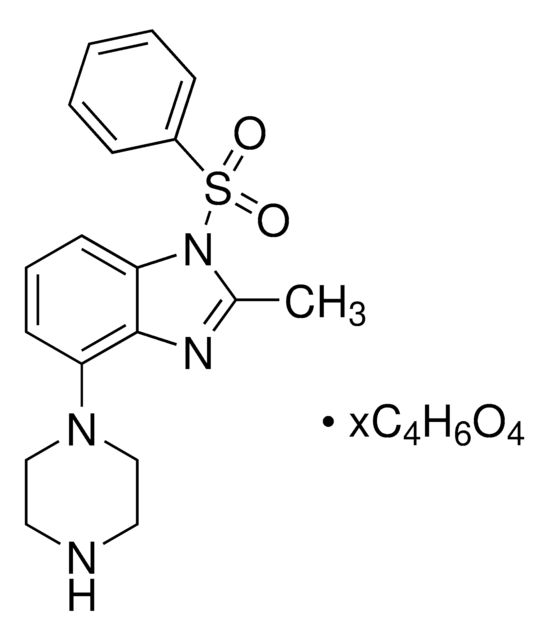PLA0273
Rabbit anti-c-Jun Antibody, Affinity Purified
Powered by Bethyl Laboratories, Inc.
Sinónimos:
AP-1, AP1, Jun activation domain binding protein, activator protein 1, c-Jun, enhancer-binding protein AP1, jun oncogene, jun proto-oncogene, p39, proto-oncogene c-Jun, v-jun avian sarcoma virus 17 oncogene homolog, v-jun sarcoma virus 17 oncogene homolog, v-jun sarcoma virus 17 oncogene homolog (avian)
About This Item
IP
WB
immunoprecipitation (IP): 2- 5 μg/mg
western blot: 1:2,000-1:10,000
Productos recomendados
origen biológico
rabbit
Nivel de calidad
forma del anticuerpo
affinity purified immunoglobulin
tipo de anticuerpo
primary antibodies
grado
Powered by Bethyl Laboratories, Inc.
reactividad de especies
mouse, human
técnicas
immunohistochemistry: 1:100- 1:500
immunoprecipitation (IP): 2- 5 μg/mg
western blot: 1:2,000-1:10,000
nº de acceso
NP_002219.1
Condiciones de envío
wet ice
temp. de almacenamiento
2-8°C
Información sobre el gen
rabbit ... c-Jun(3725)
Inmunógeno
Forma física
Otras notas
Cláusula de descargo de responsabilidad
¿No encuentra el producto adecuado?
Pruebe nuestro Herramienta de selección de productos.
Código de clase de almacenamiento
12 - Non Combustible Liquids
Clase de riesgo para el agua (WGK)
WGK 1
Punto de inflamabilidad (°F)
Not applicable
Punto de inflamabilidad (°C)
Not applicable
Elija entre una de las versiones más recientes:
Certificados de análisis (COA)
Lo sentimos, en este momento no disponemos de COAs para este producto en línea.
Si necesita más asistencia, póngase en contacto con Atención al cliente
¿Ya tiene este producto?
Encuentre la documentación para los productos que ha comprado recientemente en la Biblioteca de documentos.
Nuestro equipo de científicos tiene experiencia en todas las áreas de investigación: Ciencias de la vida, Ciencia de los materiales, Síntesis química, Cromatografía, Analítica y muchas otras.
Póngase en contacto con el Servicio técnico